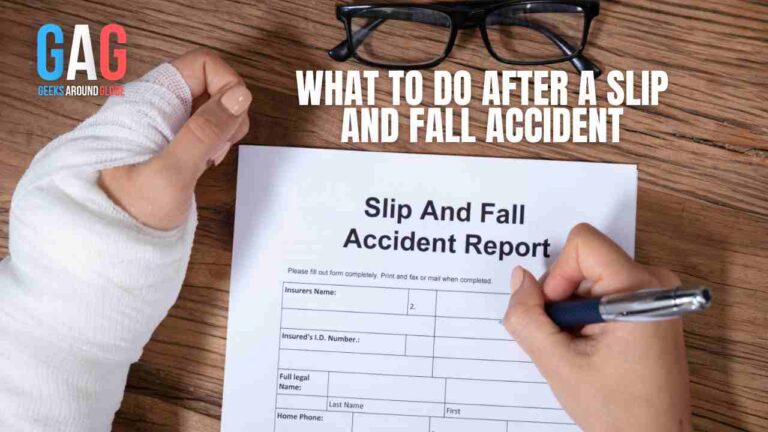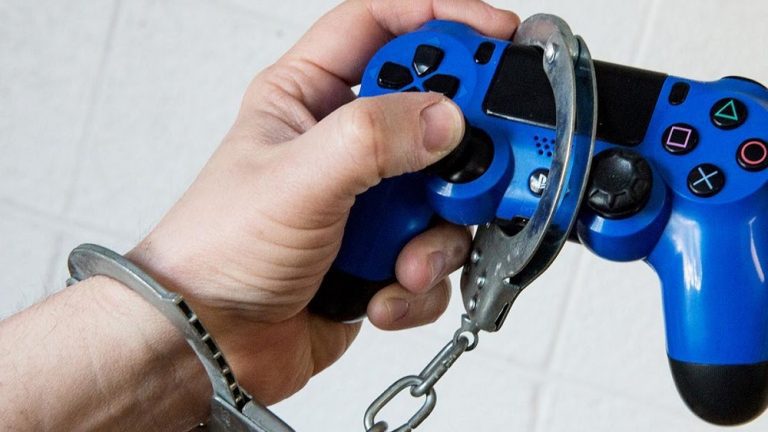Automated External Defibrillators(AEDs) are life-saving devices designed to deliver an electric shock to restore a regular heartbeat during sudden cardiac arrest. Like any medical equipment, AEDs require regular maintenance and eventual replacement to ensure their effectiveness and reliability. Understanding an AED’s maintenance and lifespan is essential for maintaining a safe and efficient emergency response system.
The lifespan of an AED can vary depending on several factors, such as the manufacturer’s guidelines, usage frequency, environmental conditions, and technological advancements. Typically, AED manufacturers recommend replacing the device after a certain number of years, usually between 5 and 10 years. This guideline ensures that the AED remains current with the latest technology, as newer models may offer improved features and performance.
Regular maintenance is essential to ensure the AED functions appropriately when needed. Most AEDs have self-check mechanisms that perform routine diagnostics, alerting users if any issues are detected. These self-check mechanisms include battery life, electrode and expiration, and internal circuitry functionality. Follow the manufacturer’s instructions for self-check procedures and address issues promptly.
The battery is an elemental component of an AED, as it powers the device during emergencies. Aed batteries typically have a 2- to 5-year lifespan, depending on usage and environmental conditions. It is elemental to regularly check the battery status indicator on the device and replace it when necessary. Some AED models have rechargeable batteries that can be replaced easily, while others need complete unit replacement.
Electrode pads, also known as electrodes or defibrillation pads, are another crucial part of an AED. These adhesive pads are applied to the patient’s chest to deliver the electric shock. Electrode pads have an expiration date, usually indicated on the packaging, and typically need replacement every 2 to 4 years. Monitoring the expiration dates and replacing the pads promptly ensures optimal performance.
In addition to regular maintenance and component replacements, it is crucial to have proper AED management protocols in place. This comprises keeping track of the device’s location, ensuring it is easily accessible during emergencies, and training individuals on how to use the AED effectively. Regular training sessions and drills can aid in familiarizing potential users with the device, increasing the chances of successful AED deployment when needed.
It is worth noting that advancements in AED technology can render older models obsolete. Newer models may offer features such as voice prompts, visual aids, and more sophisticated algorithms for rhythm analysis, enhancing their effectiveness in delivering life-saving shocks. Staying updated with the latest advancements and considering replacing older AED models can improve the overall response to sudden cardiac arrest.
How do you find reliable shops for AED?
When searching for reliable shops to purchase an Automated External Defibrillator (AED), you must consider several factors to obtain a high-quality device that meets safety standards. Here are some guidelines to help you find trustworthy shops to buy AEDs:
1. Research reputable manufacturers:
Start by searching established and reputable manufacturers of AEDs. Look for well-known brands with a record of producing reliable and FDA-approved devices. Some reputable AED manufacturers comprehend Philips, ZOLL, Cardiac Science, and Physio-Control.
2. Consult medical professionals or organizations:
Contact medical professionals, such as doctors, nurses, or emergency medical service providers, for their recommendations on reliable AED suppliers. Local hospitals, clinics, or organizations specializing in cardiac care can also assure guidance from trusted suppliers.
3. Verify warranty and customer support:
Reliable shops for AEDs should ensure clear product warranty terms. A reputable supplier will offer a warranty that covers a reasonable period, typically at least one year, and should be responsive to any inquiries or issues during that time. Adequate customer support and after-sales service are elemental when purchasing life-saving equipment.
Benefits of using AED
Here are some of the critical advantages of using AEDs:
1. Improved survival rates:
AEDs are designed to deliver electric shocks to the heart to restore its normal rhythm during SCA. The immediate application of an AED significantly increases the chances of survival for individuals experiencing cardiac arrest. Studies have shown that early defibrillation with an AED, within the first few minutes of cardiac arrest, can significantly improve survival rates.
2. Time-sensitive response:
SCA is a medical emergency where every second counts. AEDs are portable and readily available devices that anyone can quickly deploy, regardless of their medical training. They provide simple, step-by-step voice prompts and visual instructions that guide users through the process, ensuring a prompt and effective response.
3. Easy to use:
AEDs are designed with user-friendliness in mind. They are equipped with clear and intuitive interfaces that require minimal training to operate effectively. Automated voice prompts guide the user through each step, from applying the electrode pads to delivering the shock. This simplicity allows bystanders and even non-medical personnel to use an AED and potentially save a life confidently.







